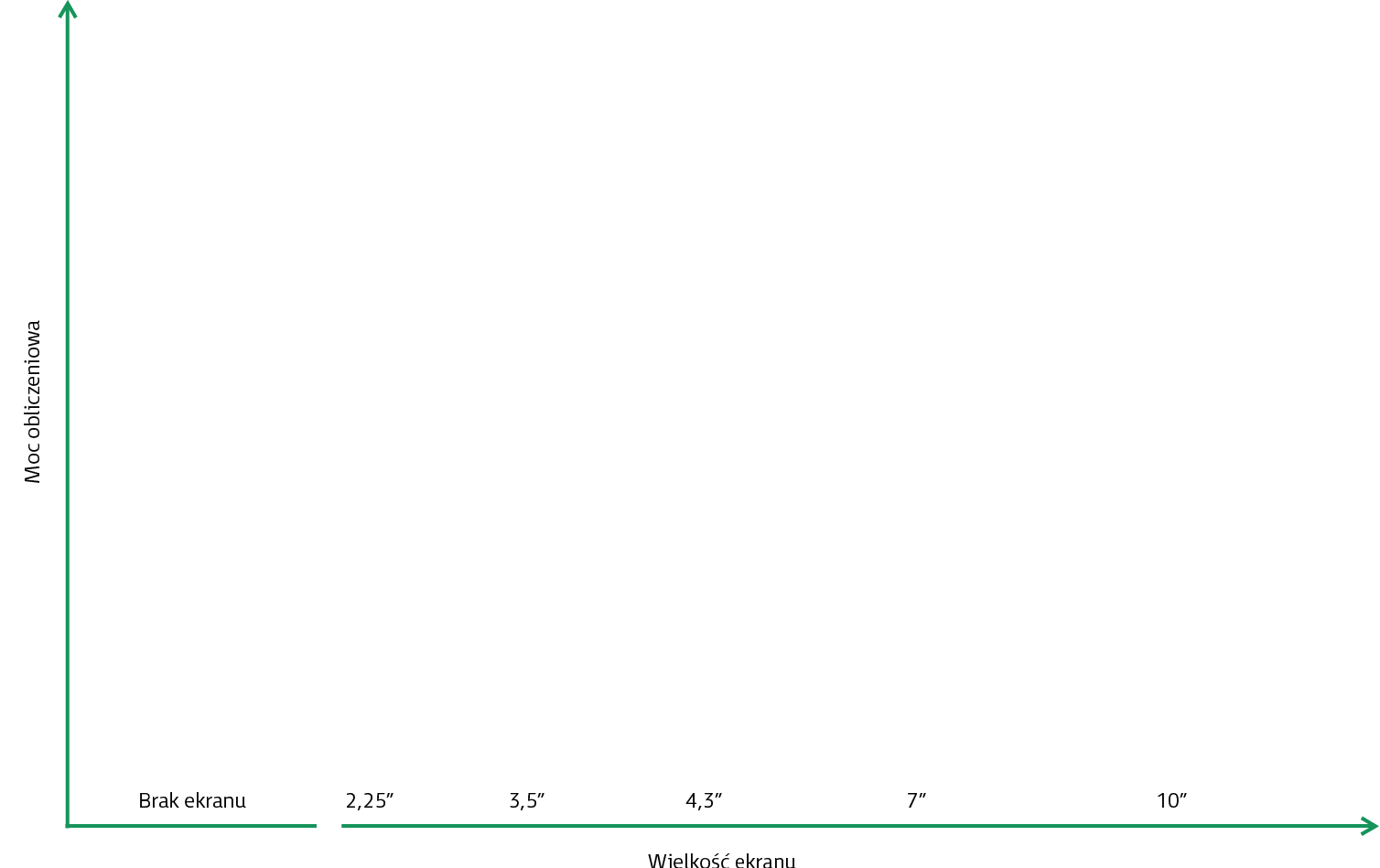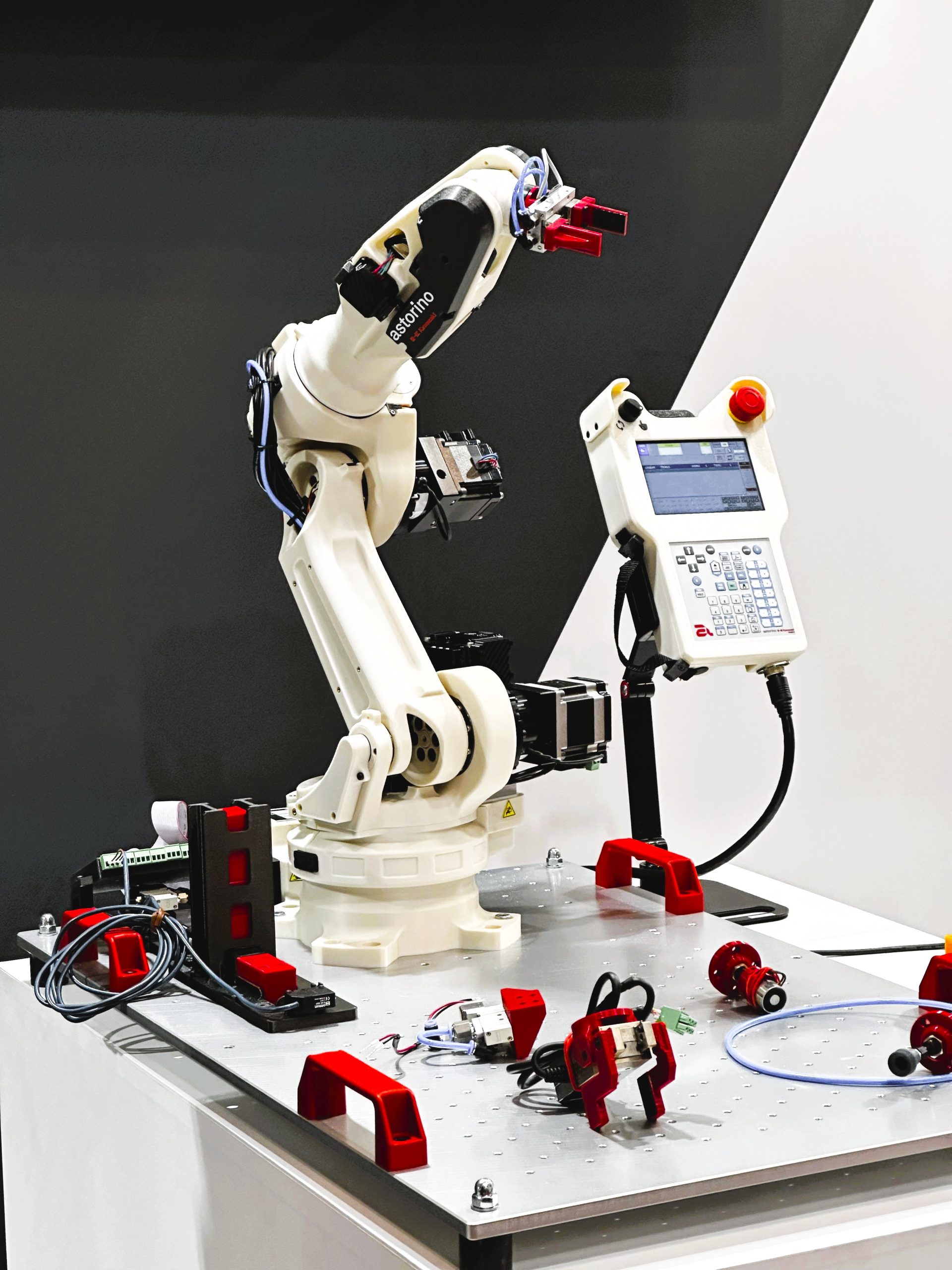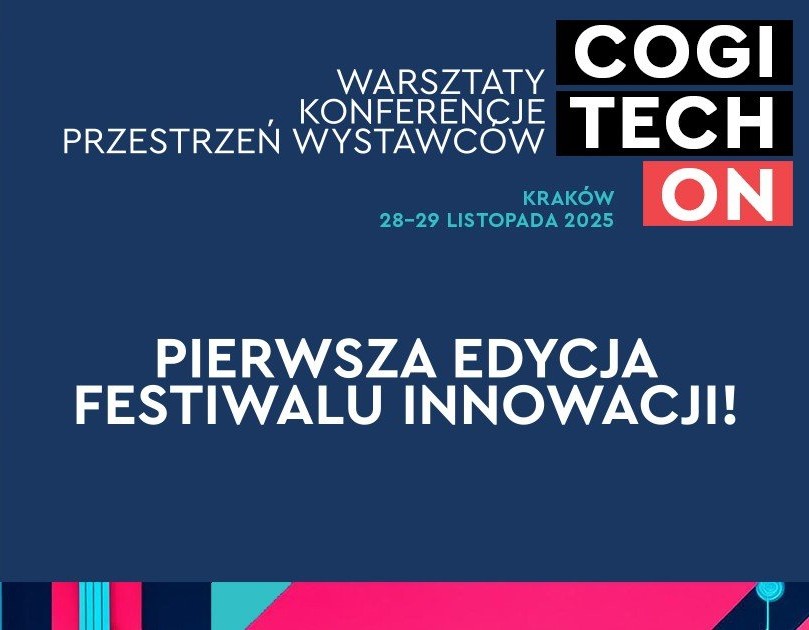6 most frequent mistakes when implementing robotisation
Robotisation and automation of production processes is a natural step in preparing a given company for Industry 4.0.
Robotisation and automation of production processes is a natural step in preparing a given company for Industry 4.0.
The last two years indicate a substantial increase in the investment dynamics of Polish enterprises in this area.
Entrepreneurs who already want to implement robotisation face numerous traps. We give advice on how to avoid them.
The Industrial Revolution, which broke out in the 19th century with the spread of its symbol – the steam engine – resulted in an unprecedented technological and economic development for humanity. Subsequent stages of the development are marked by further technological breakthroughs: the Second Industrial Revolution, linked to the growing importance of electricity, the Third Revolution, which, thanks to the spread of computers, allowed preliminary automation of work and production processes, and finally the Fourth Revolution, which is happening before our eyes, associated with the growing importance of the Internet of Things, digitisation as well as further automation and robotisation.
However, before entrepreneurs start to carry out tasks related to the construction of a real Industry 4.0 as a result of the Fourth Revolution, they should verify their readiness for this task. They need to think about how automation and robotisation have been introduced in their companies so far.
The research on automation and computerisation of Polish companies.
As shown by the research on automation and computerisation of Polish companies conducted in 2017 by Astor, which covered over 60 domestic companies, the Polish business environment is dominated by partially automated companies. The number of companies that are not automated at all is decreasing. In 2013 there were 13% of such entities, compared to only 3% in 2016. Full automation is declared by 26% of companies, a dramatic change compared to 2013.
So, it seems that when it comes to the automation of the Polish industry, changes are very dynamic. However, there is still a lot to be done from a global perspective. According to the data from the International Federation of Robotics, the robot density is below the global average. In this respect, we are doing worse than our neighbours from Central and Eastern Europe. We are behind Hungary, Slovakia and, by the biggest margin, the Czech Republic.
The optimistic thing is that Poland, together with the Czech Republic, is currently showing the highest increase in the number of implementations in the region and in the whole Europe.
When it comes to the automation of the Polish industry, changes are very dynamic.
However, a global perspective indicates that there is still a lot to do when compared to other countries. South Korea has been at the top of the list of world’s most robotised countries for many years now. Singapore comes second. The results of countries that are most commonly associated with robotisation, such as the United States, Japan and Germany, are half as good. China is the fastest developing country in terms of robot density.

Polish companies still have a lot of work ahead of them in the field of robotisation.
Therefore, it is worth looking at what mistakes are most often made by entrepreneurs implementing solutions focused on automation and robotisation, and consequently consider possible ways to avoid them.
Mistake 1: lack of a clear business objective
Implementation of an industrial robot is a response to a specific need.
It can be a need to improve productivity, a need to reduce costs or improve working conditions. So, the first step is to define the problem that is to be solved by robotisation.
Before the investment is made, the management board needs to answer the question of how much automation or robotisation will help to implement the company’s strategy, how is it going to improve product quality, increase production line efficiency, minimise material losses or reduce downtime costs.
The board must know how these benefits will translate into the financial result of the entire company.
Mistake 2: lack of technical and business analysis before the investment is made.
Before a given company proceeds to tests of a robotised station, it is necessary to properly prepare the entire project. So where to start? The first and most important condition for a successful investment is the preparation of project guidelines. Such assumptions should be developed by the technologist working in the company where the robotised stations are to be installed. He knows best the processes, needs and problems entrusted to the robot. The next step is a thorough analysis. The process of technical analysis of the investment should end with drawing up assumptions, defining the concept and budget. The next step is to analyse the implementation from a business perspective.
If this is an investment, it must generate some profit. When analysing the impact of a robot on the effects of the company’s operation, the profitability of the investment should be verified.
It is now necessary to establish the budget and scope of works. Depending on the results of the analyses, both of these parameters can be increased or decreased in order to achieve an optimal result.
Mistake 3: devoting too little time to testing the station.
When planning the streamlining of processes in a company, it is necessary to take into account the time for testing, for fine-tuning a given application. Depending on complexity of the application, such tests may last from several weeks to several months. An example of successful implementation in this area was the installation of welding robots in a company that manufactures gates and fences. The major challenge in the project was to implement automation for non-series production, i.e. to configure the system in such a way that automatic production could be quickly re-directed in order to meet the needs of individual customers. That is why the company came up with an idea to have two cooperating robots in the production hall. Some obstacles were encountered when implementing the new solution. Implementation time proved to be the main challenge. The implementation was unique, so the engineers were faced with the task of preparing prototypes, and that meant a lot of unpredictability. Not everything went well the first time. That is why one of the main challenges was to keep up with the planned schedule.
When developing a solution to meet the customer’s individual needs, a sufficiently long time for testing the station must be included in the work schedule.
Ultimately, the robotisation of production provided an increase in productivity, allowed to improve quality and stabilise technological processes, while additionally shortening the time needed to carry out operations. The implementation of robotisation increased the efficiency of the production stage by almost 300%, so that it was no longer a bottleneck in the overall manufacturing process.
Mistake 4: no scalability of the machine.
An investment in a single robot is only the beginning – actually, such an investment can be treated as a „reconnaissance stage”. Entrepreneurs are quite often convinced that a robot will solve all their problems: improving productivity, repeatability of manufactured parts, reducing downtime. All this is possible provided that the investment in the robot is viewed as part of a bigger process.
Therefore, of critical importance when designing and constructing robotised systems is the integration of the robot with other components of the system. It consists, for example, in synchronising robot movements with the process executed by the robot.
Any technological process, like welding, packing or painting, requires a specific sequence of activities, which must be carried out under the right conditions. A certain customer from the furniture industry wanted to weld details for the production of furniture with the use of a robot. He assumed that all the details prepared at an earlier stage of production were the same. Only the work of the robot showed deviations that did not ensure repeatable production. It turned out that the robot had problems with welding, because the welds were either too small or too big. Going upstream to the machine that was responsible for cutting out the items for welding allowed to correct the process at an earlier stage. This eliminated defects and increased production efficiency fourfold.
As the past has shown, entrepreneurs often fail to ask themselves the following questions: What requirements should the welding line meet in one year or five years from now? Is the robot part of a larger system? How can we improve, if possible, the productivity of the robot? What are the production processes of the suppliers? Will implementation of robotisation allow us to transfer employees to other positions? Answering these questions is of key importance to the success of the robotisation process.
Mistake 5: assuming an unattended workstation.
We cannot assume that a robotised station does not require people to operate it. This is contrary to reality, as the supervision of machines and robots still lies in the hands of engineers.
Handing over repetitive activities to a robot goes hand in hand with the need for proper programming of devices, continuous monitoring of their work and control at every stage, which is the responsibility of people who must possess the appropriate competences.
That is why robotisation opens up professional development opportunities for employees. In order to achieve synergistic effects, investments in machinery must be accompanied by investments in people. The best opportunities to create added value for a business brought by Industry 4.0 lie in the combination of vision and management skills with engineering and operational expertise, imagination and the ability to apply technology. Therefore, engineers are one of the key groups that provide the occasion to effectively utilise the emerging opportunities.
Apart from the obvious area of specific knowledge, which needs to be regularly updated, it is essential to develop the „soft” skills of engineers, e.g. related to teamwork, the manner of project implementation and problem solving. The combination of these two aspects is what characterises the professionals who can effectively work in modern factories. Nowadays, openness to change, speed and flexibility are highly desired traits. This is what engineers learn in their organisations, also through the development programmes available, and it actually allows them to become 4.0 engineers.
At the investment preparation stage, it is therefore necessary to appropriately prepare the project team, comprising of people from both the client and the company that delivers the technology. This is what guarantees success.
Mistake 6: calculating the ROI in R&D.
It is necessary to differentiate whether an investment is an R&D investment or not. Robotic R&D projects often involve the development of a unique installation in response to specific customer needs; there has never been such an application before. You need to consider many additional parameters and look at the whole as a process that is not only limited to installing a robot on the production line in order to facilitate a certain activity like, for example, packaging. It is very hard to precisely calculate the ROI in R&D investments – in such projects it pays to estimate and establish a budget for handling risks and to manage it during the project.
Handing over repetitive activities to a robot goes hand in hand with the need for proper programming of devices, continuous monitoring of their work and control at every stage, which is the responsibility of people.
Good practices
It is worth indicating good practices of investing in robotisation, which will contradict the most common mistakes. These are:
1. Define the business purpose.
2. Carry out a comprehensive technical and financial analysis of the investment.
3. Plan the time for testing.
4. Design technology with growth and scaling in mind.
5. Develop the competence of your operators and engineers before and during implementation.
6. Accept the risk associated with the R&D nature of the project.
Do not know where to start? Take the first step and find out more
Summary
Automation and robotisation are of key importance in the process of preparing for Industry 4.0.Only through them will companies be able to prepare for the integration of more advanced technologies (including IT), which will allow the transformation of the entire value chain. Although we have a lot to do in this area, we also have someone to learn from. At the same time, we must not forget the fundamental aspects: investing in 4.0 engineers, building awareness of the inevitability of the upcoming changes, and the ability to provide business rationale for investments in robotisation and automation.
The article was originally published in the April issue of Harvard Business Review Polska under the How To Do IT project, of which Astor is a partner.

Contact
Renata Poreda
Chief Editor of the magazine
Business and Production
phone: +48 12 428 63 75
mail:
renata.poreda@astor.com.pl



